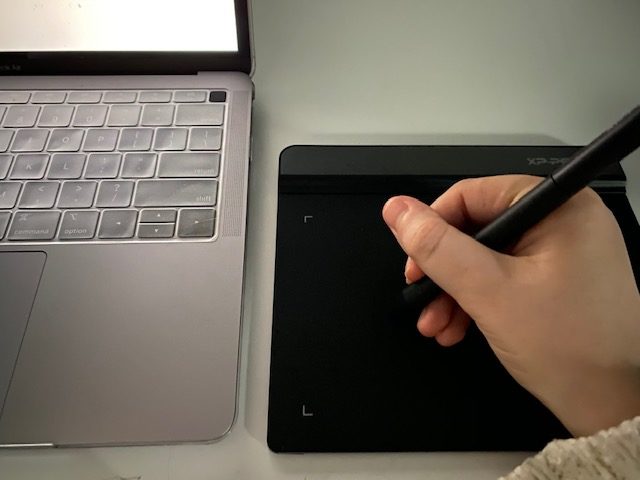At this point, most college students have had their fair share of online learning. The University of Rochester went fully online in March and currently has a combination of online and in-person classes. However, several students, myself included, have elected to take the fall semester completely online. We’re pretty familiar with the challenges that come from the student’s perspective, but what about the instructors?
This semester, I am a teaching assistant in the math department for introductory calculus. The class is entirely online, including lectures, recitations, and homework. Recitations are additional times in which the students can ask questions and work through homework with the help of a teaching assistant. Online instruction has come with its set of quirks, and I’ve had to find creative ways of working through them.
Zoom Lag
One struggle of online teaching is something that’s also frustrating on the student’s end: the dreaded Zoom lag. When someone asks a question out loud, it can be a few seconds for the instructor to hear the question. In my experience, most students are more comfortable typing their question in the chat box. However, the chat isn’t always easy to see from the instructor’s screen. Whenever I share my screen, I have to make sure to keep the chat open in the corner of my screen so I can quickly respond to any questions that come up.

The Virtual Chalkboard
I’ve also had some trouble with writing down examples for the class. One of the simplest changes in an online environment is that there is no chalkboard on Zoom. This is also one of the easiest to overlook. Because I can’t just turn around and solve a problem on the board, I had to find more creative ways to write things down. At first, I tried writing the problems on a piece of paper and showing the work through a separate camera. Unfortunately, my writing was too small for the students to see, so I had to try something else.
Zoom comes with an annotation feature, but I could only use the computer mouse to write with, so the equations were pretty hard to read. After a few clunky recitations, I got my hands on a pen tablet, so now I can write neatly and quickly. I can only fit so much on one screen, so multi-step problems are still a bit of a challenge.

Overall, the key to online instruction is patience. From both ends. My students are patient with me as I try to figure out the best way to get the material across, and I am patient with them when they take some time to ask questions. Moving forward, it is important to keep in mind that everyone is doing their best as we work through this unexpected semester.

